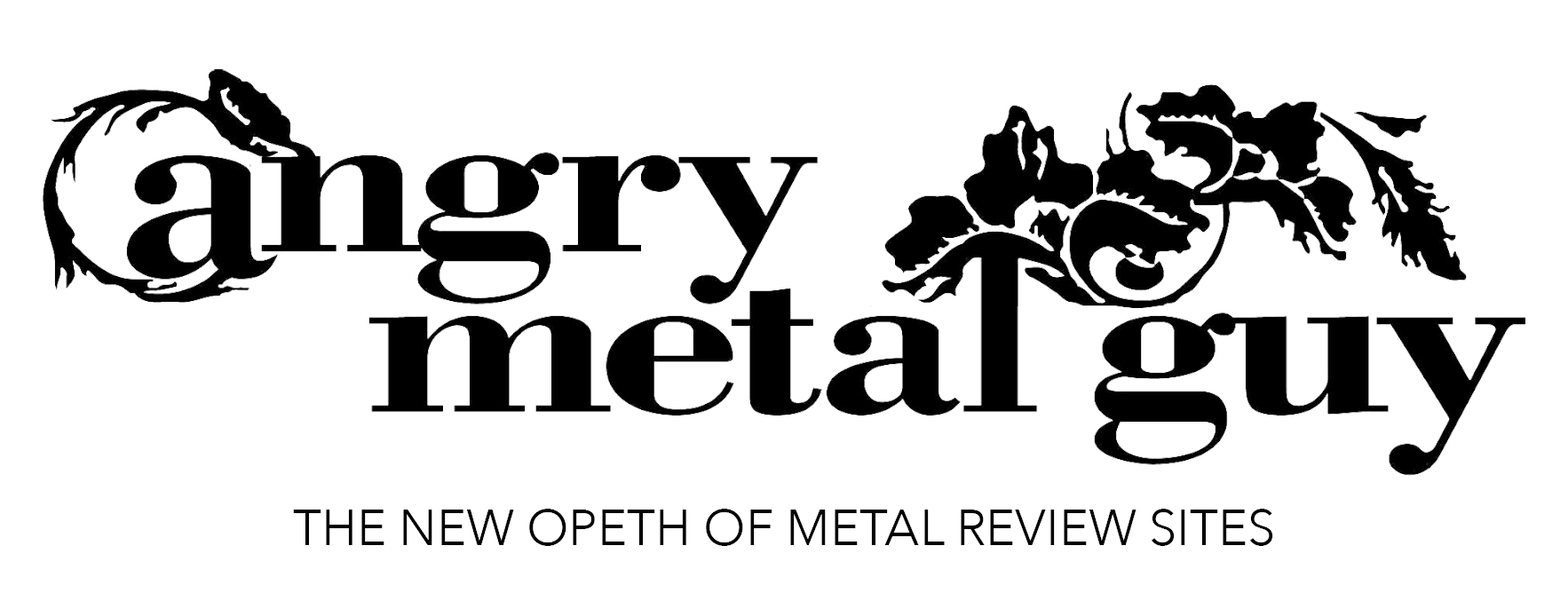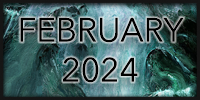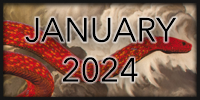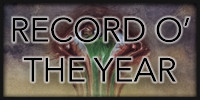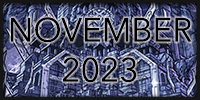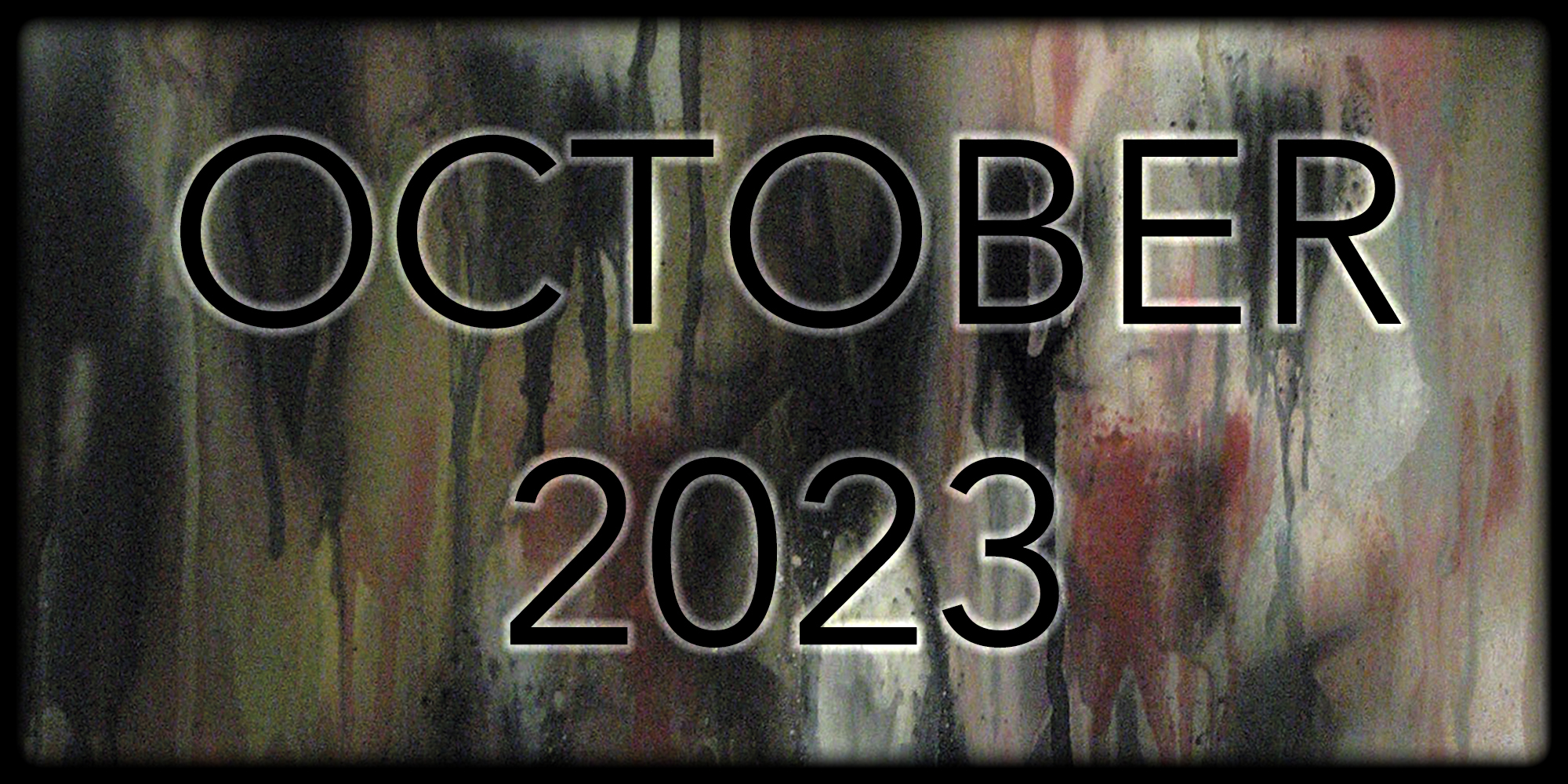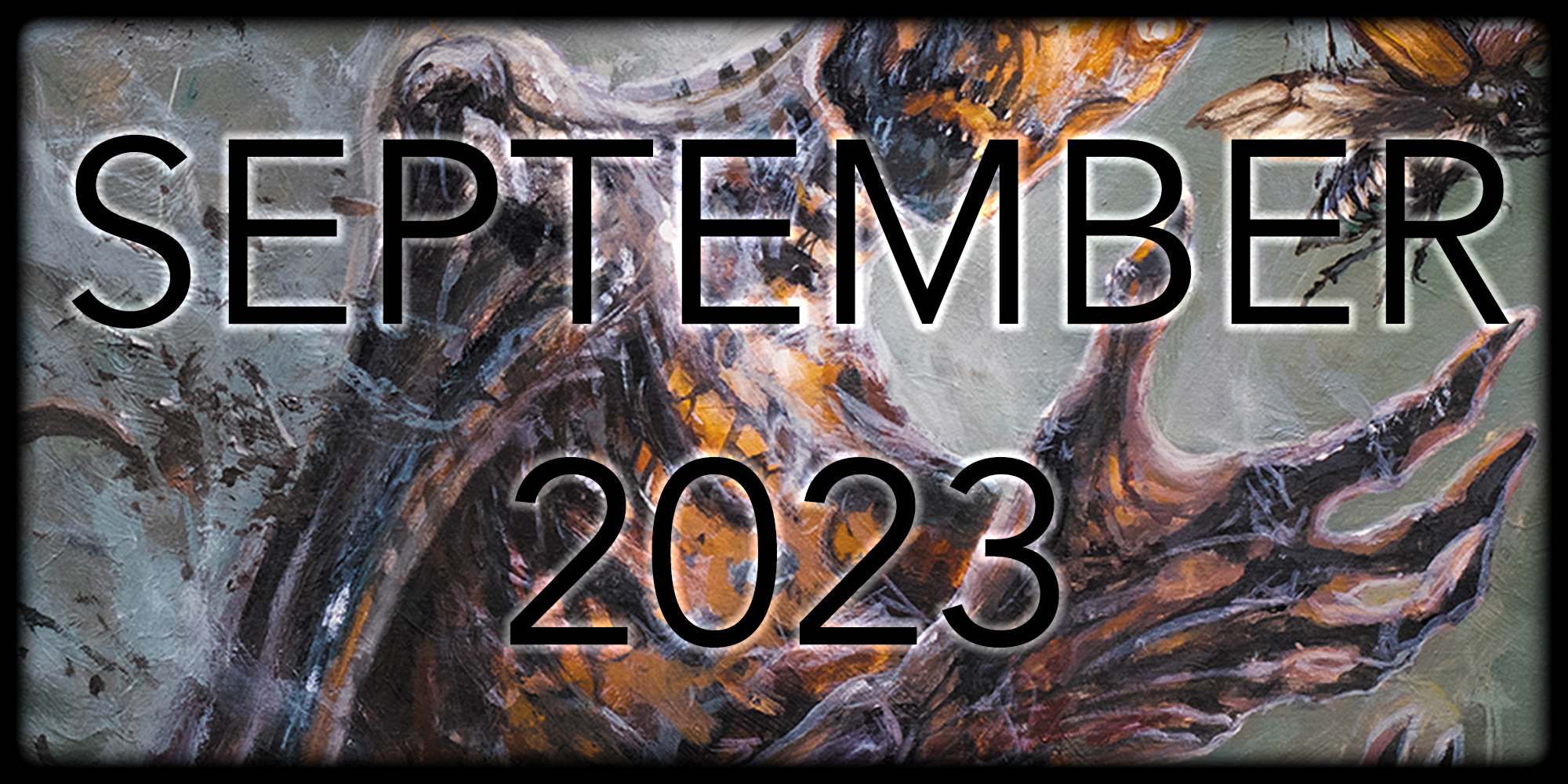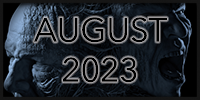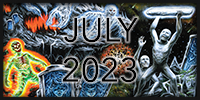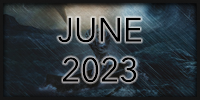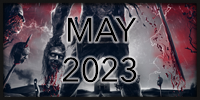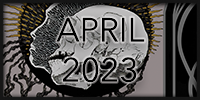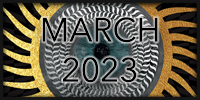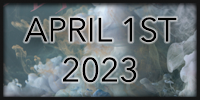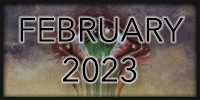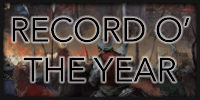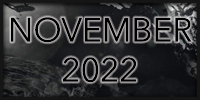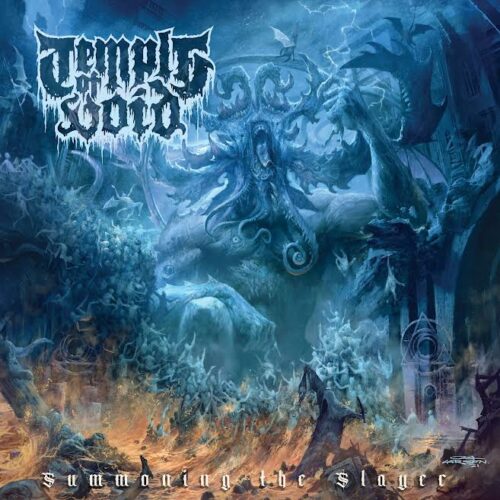 Metal, especially extreme metal, is by its nature exclusive. It is inaccessible by design. Casual metal listeners are practically non-existent because we who choose it do so more out of compulsion than want. This doesn’t always prevent metal bands who experience relative success from pursuing wider audiences. Once The Black Album set a precedent for just how far the reach of a metal band could stretch – in exchange for certain compromises, of course – it was inevitable others would follow suit. I’m not talking about nu-metal, which from the beginning was a ploy for hard rock radio stardom. I’m talking about bands who started in a tried and true metal sub-genre before reaching for a bigger piece of the pie. Think Mastodon pivoting from their aggressive sludge to make The Hunter, or Gojira abandoning progressive death metal for the more generic style of their last few releases. These moves ensured they’d continue to land on year-end lists of ever more mainstream publications, but talk to any fan of their older works and you’ll get an idea of what was lost in the shift from specificity to accessibility.
Metal, especially extreme metal, is by its nature exclusive. It is inaccessible by design. Casual metal listeners are practically non-existent because we who choose it do so more out of compulsion than want. This doesn’t always prevent metal bands who experience relative success from pursuing wider audiences. Once The Black Album set a precedent for just how far the reach of a metal band could stretch – in exchange for certain compromises, of course – it was inevitable others would follow suit. I’m not talking about nu-metal, which from the beginning was a ploy for hard rock radio stardom. I’m talking about bands who started in a tried and true metal sub-genre before reaching for a bigger piece of the pie. Think Mastodon pivoting from their aggressive sludge to make The Hunter, or Gojira abandoning progressive death metal for the more generic style of their last few releases. These moves ensured they’d continue to land on year-end lists of ever more mainstream publications, but talk to any fan of their older works and you’ll get an idea of what was lost in the shift from specificity to accessibility.
Most bands that make this shift start by rounding corners and sanding edges off the sub-genre conventions they originate in. I hear this reach for palatability in the fourth album by Michigan death doomers Temple of Void. I’m a fan of their first two albums, especially sophomore release Lords of Death, but I never got around to 2020’s The World that Was. Maybe if I had, I’d have been ready for what I hear on Summoning the Slayer. This is far from radio-ready metal, but from the heavily repeated choruses on lead single “Deathtouch” to the stripped-down riffs that aim for some kind of universal interpretation of death-doom, this is as common denominator as it can be without breaking free of the genre completely. There is precedent in death-doom for a band to successfully evolve a less niche sound. Paradise Lost created their classics Icon and Draconian Times after softening their vocal approach and adding gothy hooks and choruses, so it’s unsurprising to hear hints of Paradise Lost1 throughout Summoning the Slayer, especially in “Deathtouch” and “A Sequence of Rot.” Vocally, Temple of Void, with the exception of the closing track, which we’ll discuss, manages to resist the trope of mixing in cleans, and given the quality of Mike Erdody’s death growl, I think that’s wise.
The river near where I grew up in Nebraska, the sandbar filled Platte, was once described by a pithy settler in the 1800s as “a mile wide and an inch deep.” This pretty well sums up my impression of Summoning the Slayer. It sounds huge, but there’s a dearth of ideas. There’s a fine line between “stripped down to basics” and “uninspired,” and unfortunately, opener “Behind the Eye” comes out of the gates the latter. It’s hard to shake that feeling throughout most of Summoning, although the album production is spacious and the dominant guitar tone is pleasingly chonky. These features are maximized on standout track “Hex, Curse, & Conjuration” with its straightforward, chugging death stomp riffs. Unfortunately this, as with other standout moments, is immediately followed by a listless Peaceville rehash in the form of “The Transcending Horror.” “Deathtouch” could be considered another highlight, but the nearly mindless repetition of the main chorus is tedious.
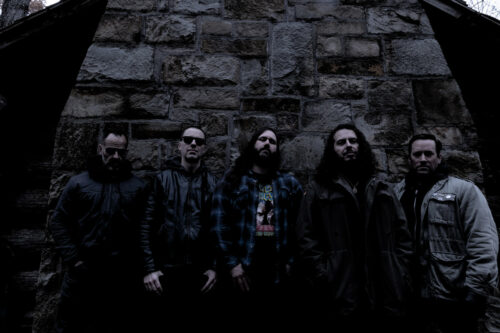
When you’re not feeling an album on a fundamental level, any bells and whistles thrown in become an annoyance even if they’re benign. I could do without the echo filter on Erdody’s otherwise great vocals, and especially irksome are the drippy cave sound effects before and after tracks. Still, these are minor compared to the baffling left turn Temple of Void take on closing track “Dissolution.” It’s common for extreme metal bands to toy with folky interludes and such, but they almost always share aesthetic markers with the other material. “Dissolution” is a straight 70s psych-folk song that not only doesn’t fit the album, it lives in another universe entirely.
It’s never fun realizing that you’ve gone off a band you once enjoyed immensely. The first two Temple of Void albums remain hulking monuments of death-doom with high repeatability value, and I have no doubt they will maintain some previous fans while earning many new ones with their more broadly palatable sound on Summoning the Slayer, but it seems I won’t be among them.
Rating: 2.0/5.0
DR: 7 | Format Reviewed: 320 kbps mp3
Label: Relapse Records
Websites: templeofvoid.bandcamp.com | facebook.com/templeofvoid
Releases Worldwide: June 3rd, 2022
Felagund
 If all goes according to plan, you’re reading this review either right before or right after good ‘ole Cherd’s spicy hot take on Summoning the Slayer, the fourth full-length from Detroit-based death-doom dealers Temple of Void. This seems like a natural fit for Cherds and Way, our resident sludge lord and a certified Deacon of Doom. But why am I here, you ask? Because I have fond memories of Lords of Death, I really liked the album art on The World That Was, and I’m eager to look beyond my beloved Asphyx for other doomed n’ deathened morsels on which to gnaw. So if you’re here for well-informed analysis, I encourage you to peruse Two Cherds, One Stone’s write-up. But if you’re here for ham-fisted opinions delivered with too much self-assurance, I’m your man. So do Temple of Void deliver the goods, or do they leave the listener screaming into the…well, you know.
If all goes according to plan, you’re reading this review either right before or right after good ‘ole Cherd’s spicy hot take on Summoning the Slayer, the fourth full-length from Detroit-based death-doom dealers Temple of Void. This seems like a natural fit for Cherds and Way, our resident sludge lord and a certified Deacon of Doom. But why am I here, you ask? Because I have fond memories of Lords of Death, I really liked the album art on The World That Was, and I’m eager to look beyond my beloved Asphyx for other doomed n’ deathened morsels on which to gnaw. So if you’re here for well-informed analysis, I encourage you to peruse Two Cherds, One Stone’s write-up. But if you’re here for ham-fisted opinions delivered with too much self-assurance, I’m your man. So do Temple of Void deliver the goods, or do they leave the listener screaming into the…well, you know.
As the review of Temple of Void’s 2020 album The World That Was made clear, this is a band that has definitely evolved over time. Unfortunately, that evolution has often gone in the wrong direction, like if the first primordial ocean dweller who flopped onto land immediately sprouted even larger gills. As Ferrous Beuller noted: “Although I can never criticize progress, in terms of impact, The World That Was feels a little thinner, despite its obvious substance.” I kept returning to that phrase on spin after spin, eager for the album to click but knowing deep down that Mr. Bueller was correct in his assessment. It seems Temple of Void have doubled down on this approach on Summoning the Slayer, delivering an album that continues the trend of feeling thin, sort of stretched, like butter scraped over too much bread. But don’t take old Bilbo’s word for it; he never even heard the record.
Temple of Void have always been able to craft a solid, beefy doom riff, and that ability is still alive, well and on display on album opener “Behind the Eye.” With plenty of groove, laudable (and audible) bass, emotive solos, and memorable doomy riffage, “Behind the Eye” is the cream of this album’s crop. It’s after this first track, though, that things start getting shaky. Follow up “Deathtouch” and “Engulfed” sport resounding, beefy riffs, but both songs are long on runtime and short on the ideas to justify that length. “Deathtouch” has some unexpected grunge touches, and the atmospheric interlude 6 minutes in seems like it’s building toward a well-earned climax, only for it to continue for another 2 minutes. “Engulfed” is probably the biggest letdown; the solid mix of guitar work and effects give the listener the sense that they’re trapped in a downward, cacophonous spiral. Much like gold in the hands of King Osric, though, the song loses its lustre at the four-minute mark, despite it only being a little beyond the halfway point.
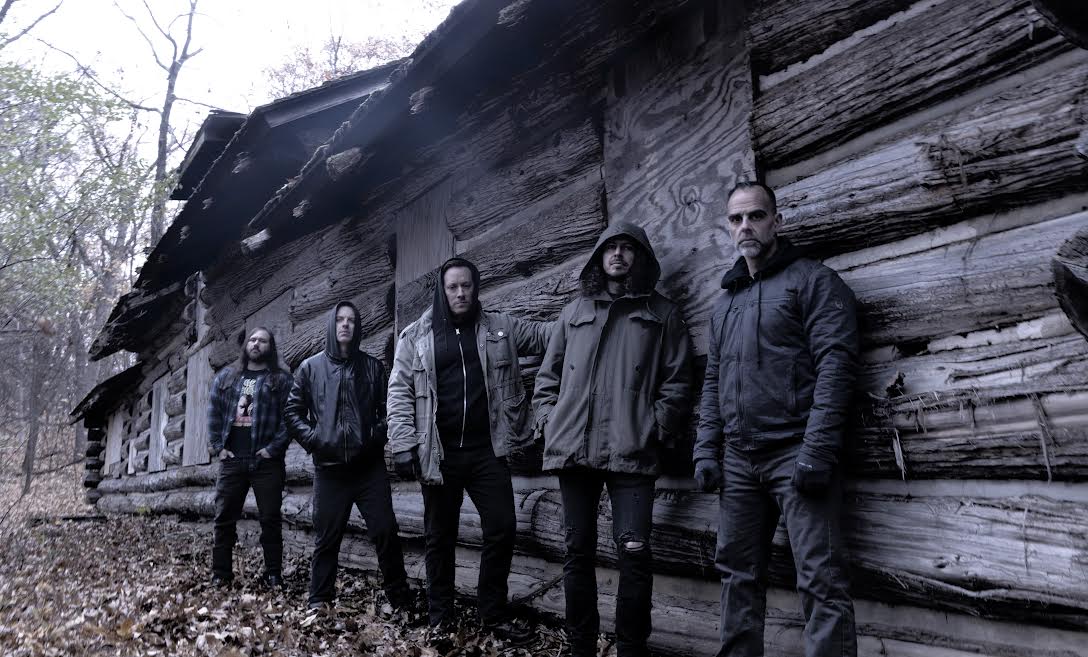
The three remaining tracks before closer “Dissolution” seem, in their own way, to be building toward that final, inexplicable tune. It’s at the point that the record’s essential heaviness is slowly but consistently lost. “A Sequence of Rot” kicks off with plenty of tasty bass and electronic percussion, followed by a majestic riff with tremoloesque flair. But afterward, a notable change has taken place that is out of step with the first half of the album. Things are heavy, but not crushing; they’re atmospheric but somehow ring hollow. And then “Dissolution” hits. An acoustic, dark folk song with warbly, layered vocals with melancholy instrumentation and a Jethro Tull flute. It feels like a song pulled from the B-side of a 70s prog album, and while surprising, it isn’t bad. In fact, it may be one of the few tunes where Temple of Void appear eager to try something both new and effective.
I never like giving low scores, and that goes double for albums folks are looking forward to. Unfortunately, Temple of Void have doubled down on the previous criticisms leveled by this blog, opting for thinner over bolder. While there are diamonds of inspiration buried in the rough, so much is still obscured by over-long songs, throw-away tunes, and a general, unrelenting malaise. It’s not that they’ve refused to progress; it’s that they’ve evolved in a way that only serves to hasten their stagnation. Summoning the Slayer is a surprising but consistent disappointment, performed by a band who seem either too bored or too tired to attempt to match their previous quality.
Rating: 2.0/5.0
